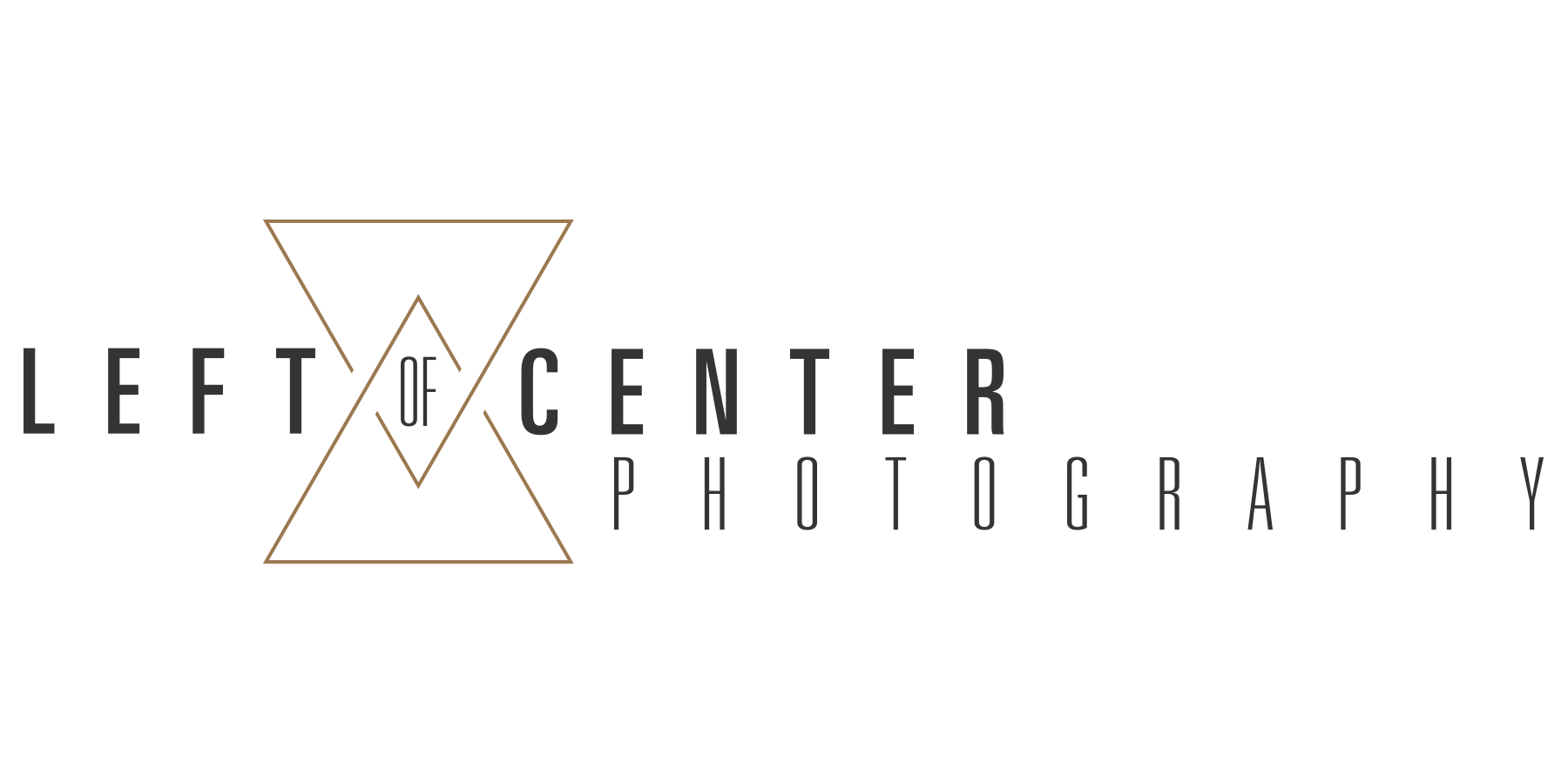Can you talk about calibrating laptop monitors, what it does and why you need to do it. Trying to figure out if that will help me be more sure that what I edit will be what I get printed.
Calibration is critical if you are going to make prints. Why? Because by calibrating you can ensure that the colors you see on the screen will match the colors you get on the prints. If you are printing your own pictures, then you’ll need to proof against the different media that you will be printing on. An image printed on slightly off-white ivory paper will look very different than an image printed on white high gloss. Your calibration tools will help you create profiles for your different sheets.
I don’t print my own. All my work goes through a lab. I expect them to keep their equipment calibrated. Some labs will be able to send you ICC files that you can use to soft proof your work – see how it will look coming off their printers. Others don’t. I sent out sample prints of my files and make sure I like what I’m getting back and then go from there.
If you aren’t printing your own then you have some options. I still calibrate my monitor so that I can adjust the white balance and tint to be what I intend them to be. Exposure, in my opinion, can be worked around without calibration, as long as you use your histogram. You can also have the lab color correct your images. If you just want straight color or black and white that might work fine. If you start applying other effects to your images then the lab may not get the colors the way you had intended.
If you are just going to be sharing files around the internet, well, then all bets are off. Not all web browser read color information. The people viewing your files might not be calibrating their screens. There are just too many variables to control.
Calibrating is the right thing to do. It’s cheap – for about $100 you can get a Spyder – and it provides peace of mind.
Why don’t you use Flash on your website when the majority of photography websites do? I know you don’t necessarily go with the crowd but what is YOUR reasoning behind it.
I don’t use Flash for my main site because it’s not indexable by search engines. SEO (search engine optimization) is based on content and text and basic html allow a lot more content to be indexed than Flash. Additionally, that web enabled phone most people are carrying around don’t use flash. That means, I can’t send somebody sitting next to me at a restaurant out to view my site while we chat if it’s Flash based.
My client galleries and my portfolios are still Flash based, but I provide some basic html images to be viewed during the gallery selection to at least give mobile users something to look see.
WordPress is mobile web compatible. That was one reason I moved my blog to my front page. By moving my blog to the main site I also keep changing the content on that page – another thing that helps with SEO.
If you only had one lens to work with for EVER what would it be and why?
I’d say my 50mm f/1.4. That lens is already on my camera 90% of the time I’m shooting. It’s a sharp lens that has great contrast and is fast. It’s can be used for portraits and landscapes. It’s small. Did I mention it’s fast? However, I did just purchase a 100mm f/2.8 lens that may take it’s place. If the location allows, I’ve been shooting portraits at the 100mm end of my 100-400mm lens. The compression gained at that focal length is really appealing to me.
If you weren’t named Left of Center what other name would you go by?
PRL* – hahahaha! Don’t get it? Read the editors note…
Red or blue?
Red



Good answers PRL*! LOVE that first photo too!